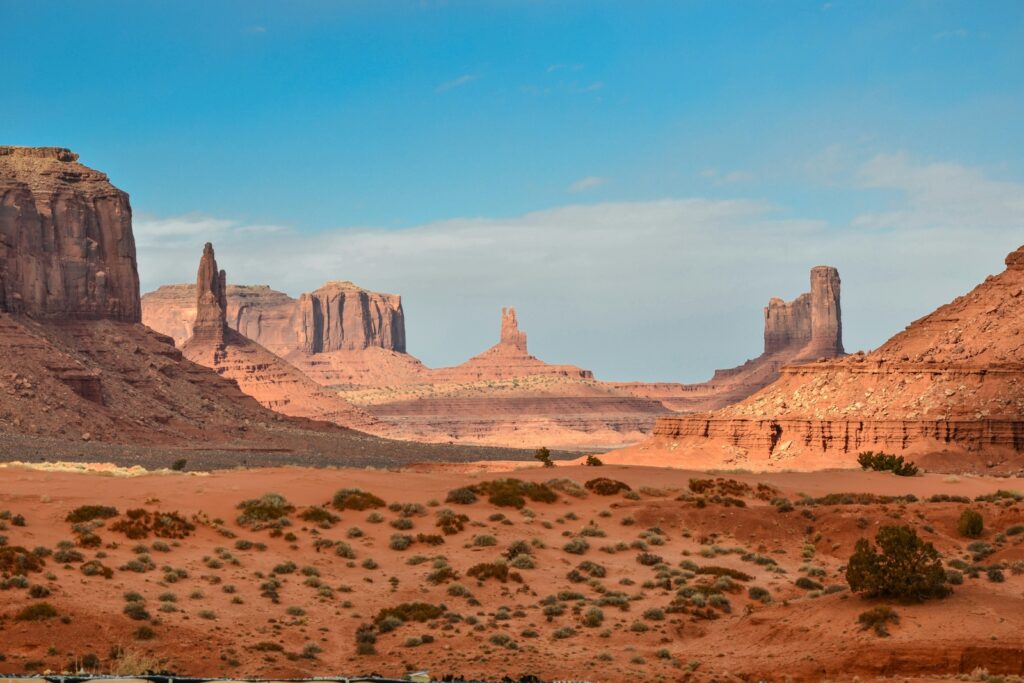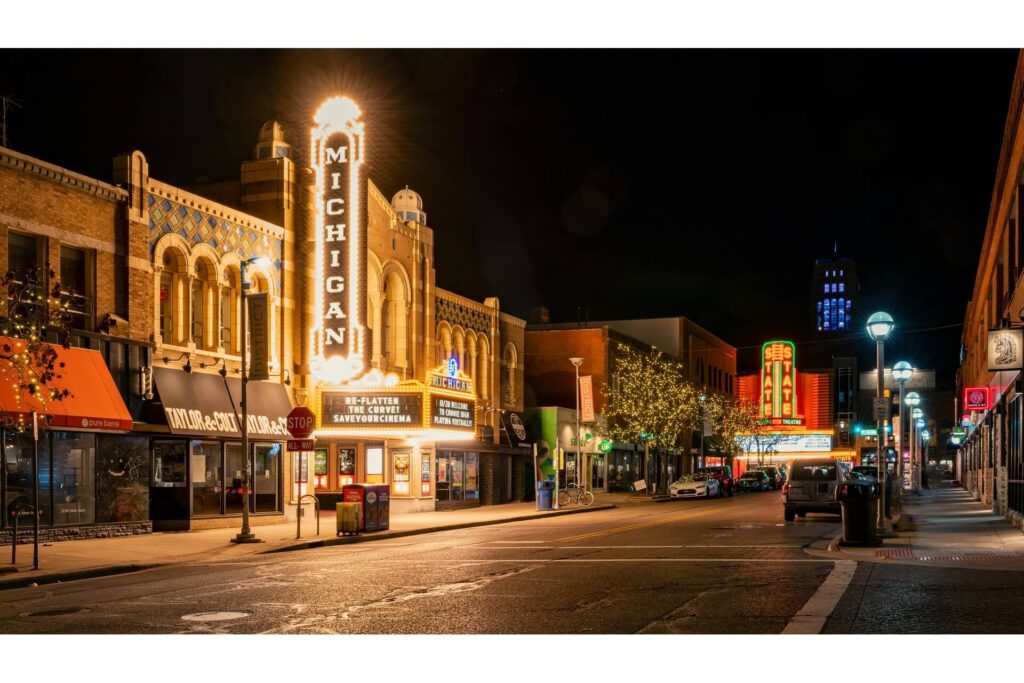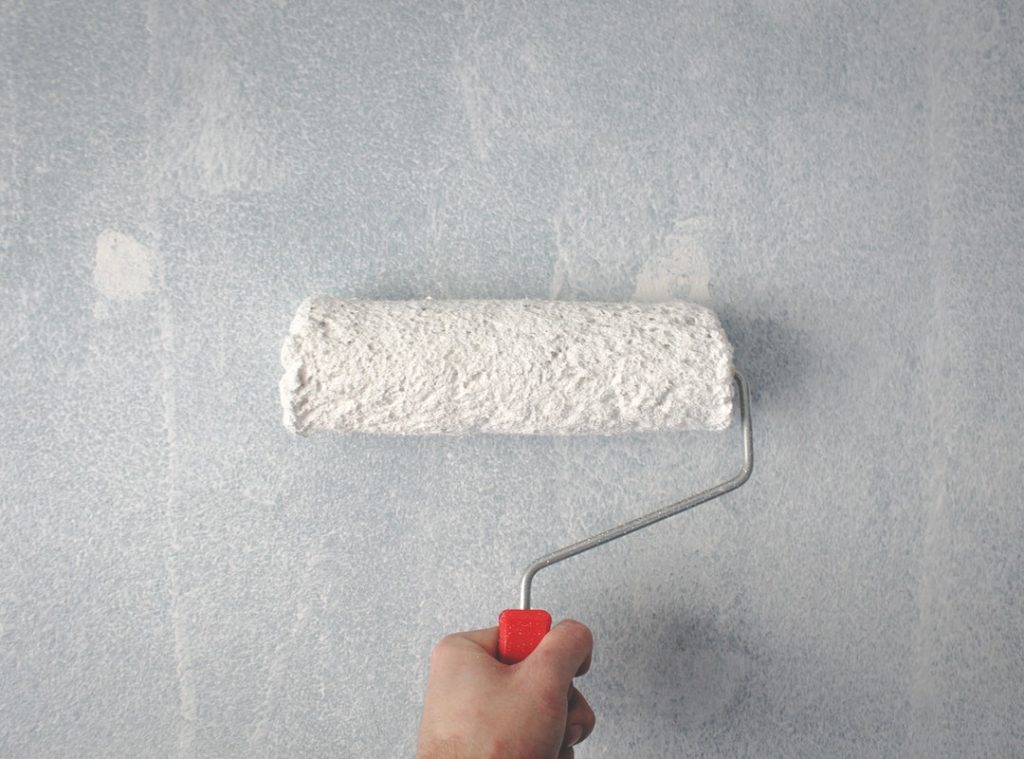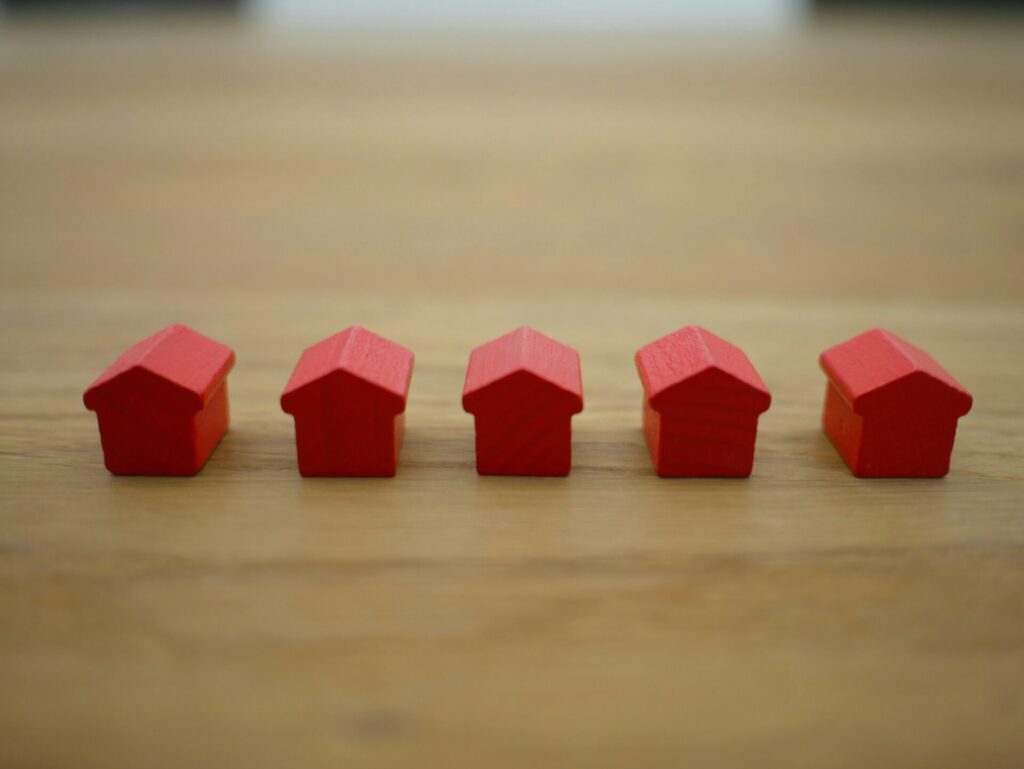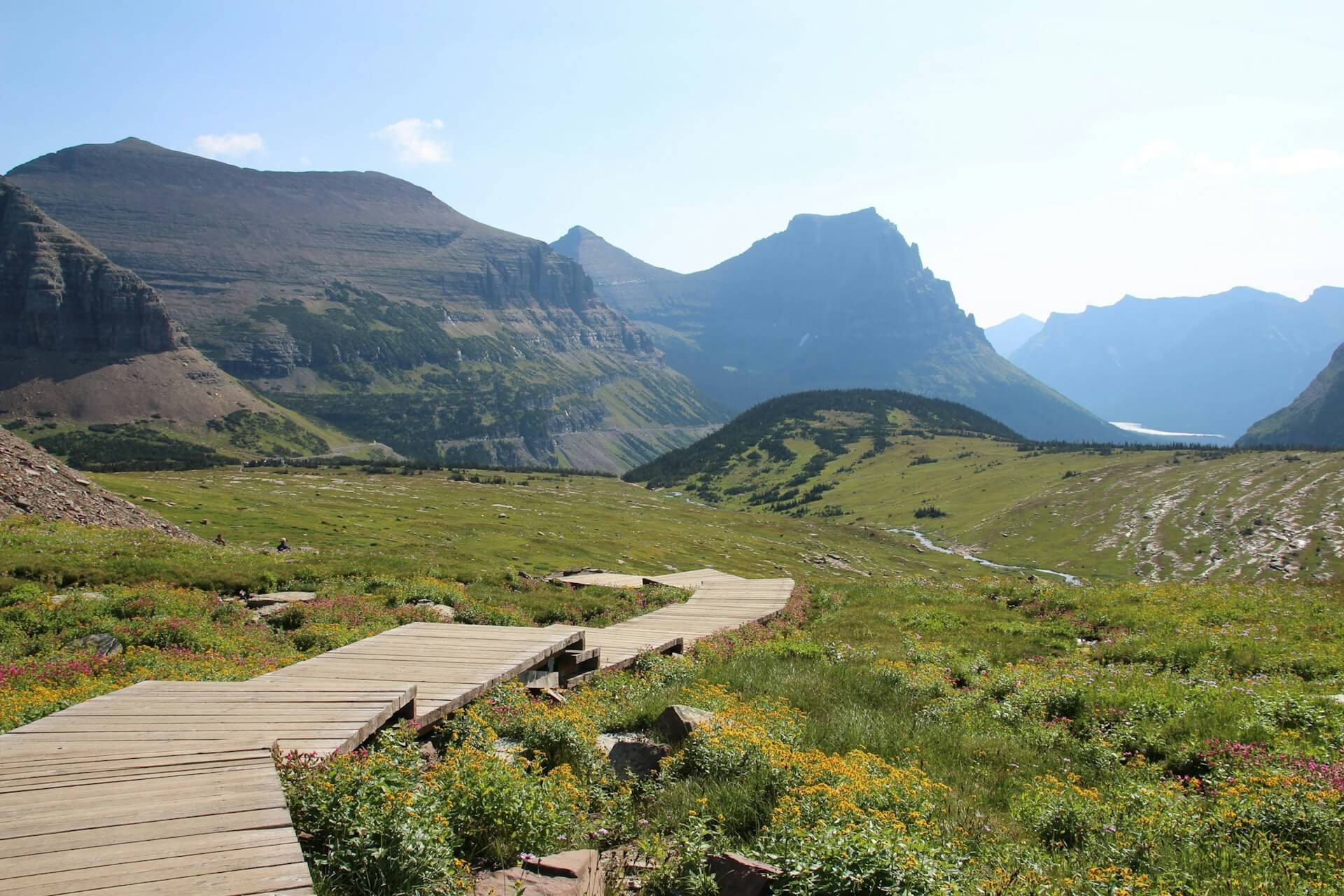
We are reader-supported. When you buy through links on our site, we may earn an affiliate commission.
Montana is one of America’s most beautiful states because of its access to nature. Big Sky Country connects you to the beginning of the Missouri River and entrances to Yellowstone National Park. So, how much does it cost to live in this state? Here’s what you need to know about the cost of living in Montana.
Cost-of-living Metrics in Montana
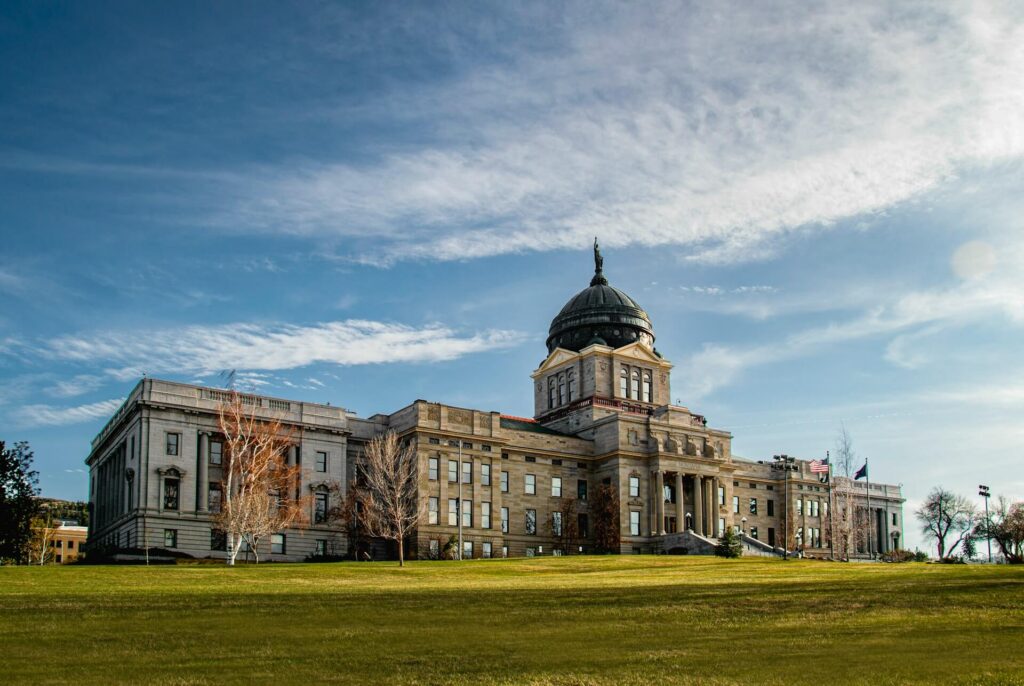
In any state, you can expect to pay bills and contribute to the tax system. How much should you expect to pay in the Treasure State? Here are the cost-of-living metrics for anybody moving here.
Housing
Due to an influx of new residents, Montana is one of the fastest-growing housing markets in America. People from California and nationwide have moved here to be closer to the outdoors and live a quieter life. Therefore, housing costs have increased and require more income. A 2024 Bankrate study found the salary needed to buy a home in Montana has increased by 50% since 2020.
The housing prices depend on where you want to live. For example, the state’s most expensive homes are in Gallatin County near Yellowstone. If you want to buy here, prepare to pay $646,400 for the median house because you’ll likely live near Bozeman. If you want a cheaper home, counties like Fallon, Fergus and Blaine have units for under $200,000.
Rent
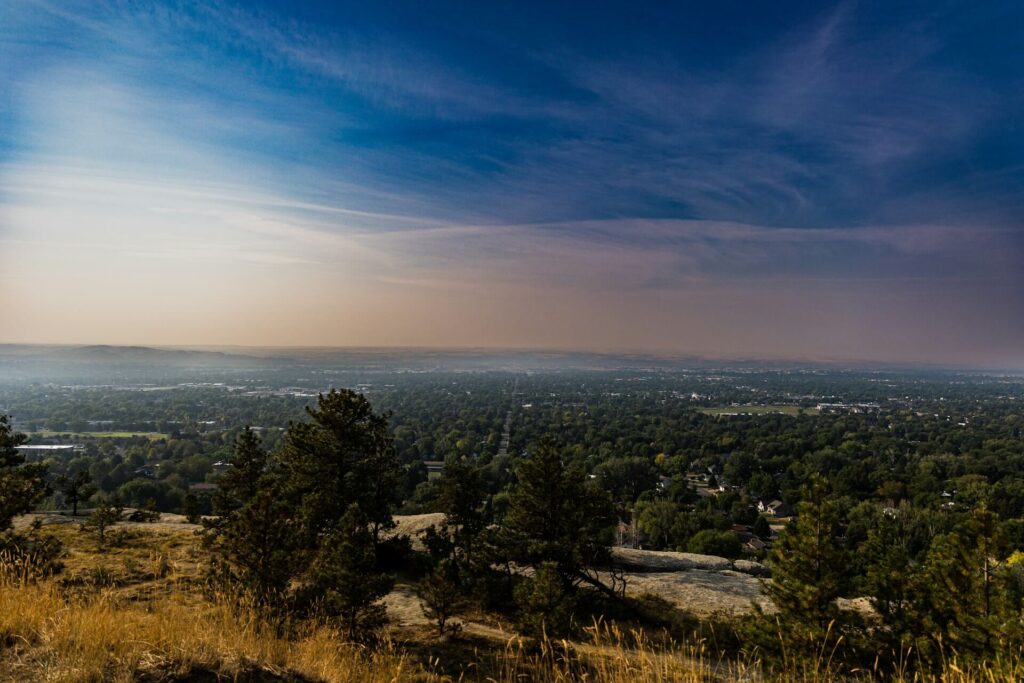
If you live in Montana, you most likely own your home. Research shows about 72% of Montanans own their unit, demonstrating the most popular approach for living here. However, you might need more time to buy a home, or the market may better suit renting. If leasing an apartment or house is your goal, you have some options in the Treasure State.
Montana’s rental market is cheaper than the national average, according to Zillow. These housing experts say the median rent for all property types is $1,800 monthly — $300 lower than the national average. Again, the rent prices depend on where you live. Finding an apartment in one of the major cities will cost more than a rural area.
Taxes
Regardless of your housing choice, you’ll have to pay taxes to support public entities. In Big Sky Country, you can expect to pay relatively low taxes compared to other states. For starters, you don’t have to pay sales tax in the state. Only a handful of states haven’t implemented a sales tax, giving residents a little bit of a break at the grocery store.
That said, some taxes are necessary to cover the cost of living in Montana. Income tax is the most significant, as Montanans pay between 4.7% and 6.5% of their paychecks. The highest marginal tax rate was 6.75%, but Montana legislators lowered it by 0.25% in the 2023 legislative session. Your effective property tax rate is 0.69%, following a 33.75-cent gasoline tax.
Health Care
Health care costs are critical to your budget, especially if an accident occurs. How much will you pay if you get into a car accident or contract the flu? The cost of insurance is relatively low for those living in Montana because the state expanded Medicaid in 2015. The Daily Montanan found Medicaid costs have remained stable in the state since implementing the new program.
What does that mean for your wallet? Health care costs remain significant monthly but aren’t as bad as in the other states. Experts say a 40-year-old person pays about $568 monthly for silver-tier insurance. If you’re an older adult, expect to pay more for your health care costs. Research suggests that 60-year-old adults spend about $1,200 for their monthly premiums.
Utilities
Utilities are another facet you can breathe easily within Montana. That said, it depends on what time of year it is. In the summer, you can enjoy the warm and mild temperatures because it doesn’t get as hot as other states. The temperature might climb into the 80s but don’t worry about a scorching 100°F day like Arizonans see.
Data suggests Montana is one of 12 states where residents pay under $400 monthly for utility bills. Nearby, Idaho, Wyoming and North Dakota also enjoy low prices. Your highest utility bills will most likely be in the winter because of how cold the state gets. Montana’s elevation and moisture mean frequent snow and cranking up the heaters.
Transportation

Transportation is critical when traveling to work or the grocery store. The rise of remote work has eased this cost for some people, so it might benefit those who call home their workplace. However, you still need a car to get around most places, and Montana isn’t an exception. Because of its auto dependency, you need a car to get around most areas.
The specific costs depend on your make and model and if it’s electric. An electric vehicle (EV) typically costs less because of its fewer moving parts and susceptibility to failure. Regardless of your vehicle choice, the roads in Montana don’t do you any favors. A 2024 National Transportation Research Group report said 28% of roads in the state are in poor or mediocre condition. These bad roads add about $583 annually per driver due to repairs and depreciation.
Cost of Living in Montana Cities
If you live in Montana, there’s a good chance you’ll live in a rural area. The state has a low population density, thus letting you spend time with few neighbors and maximum nature. That said, there are a few urban areas to call home if you want city life. Living in these areas requires a decent salary, depending on your family situation.
Here are a few prominent counties and the living wage for a single person:
- Yellowstone: Billings is the largest city in Yellowstone County. Massachusetts Institute of Technology (MIT) research indicates you must make about $20.78 per hour to make ends meet here.
- Missoula: Missoula County is around the same price, requiring about $20.34 hourly to live alone.
- Lewis and Clark: If you work for the state government, you might find yourself in Helena. Lewis and Clark County’s living wage is $20.05 per hour.
- Gallatin: Gallatin is Montana’s most expensive county, requiring a $21.62 hourly wage to live comfortably.
- Silver Bow: Butte is an old mining town that thrives in 2024 and is one of the state’s most affordable areas. At only $18.45, you can find a place to live on your wage.
Comparing the Cost of Living in Montana to Other States
Montana is starting to fill up with new people, meaning the cost of living has steadily increased in its various metro areas. The newcomers have outpaced the housing supply, meaning you’ll pay a higher premium for a house or apartment. That said, the other costs remain relatively low for residents. The Treasure State is one of the most affordable states in the U.S. due to its relatively low taxes and lifestyle costs.

